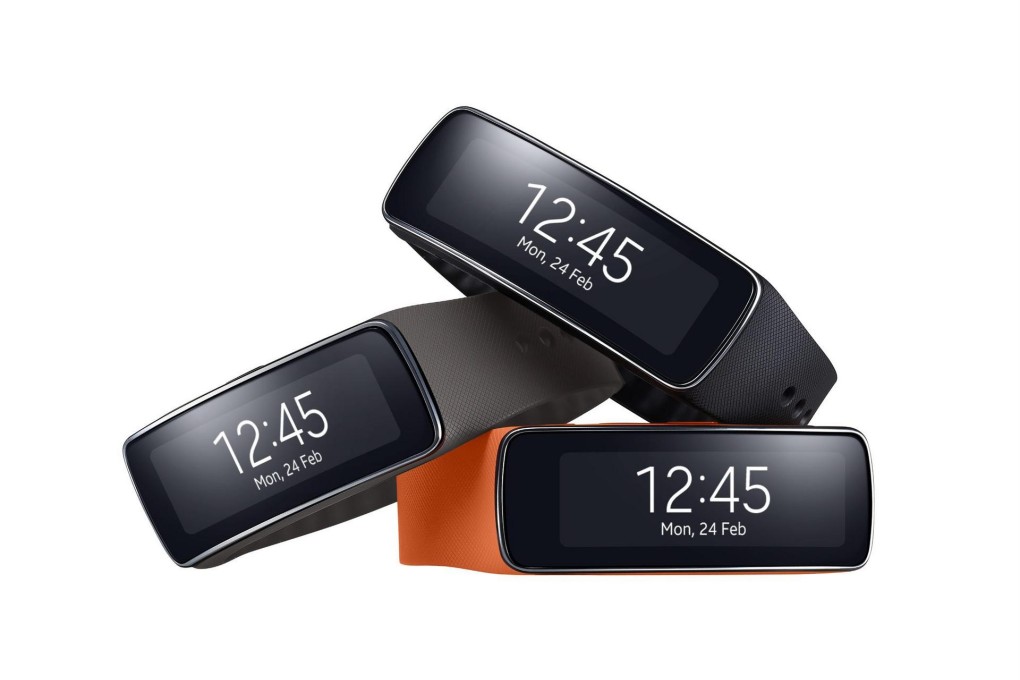Latest smartphones go on display at the Mobile World Congress
Latest smartphones on display at the Mobile World Congress show that mobile technology is far from slowing down, writes Jamie Carter

For those with an interest in mobile technology, this month's Mobile World Congress, held on the Fira Gran Via in Barcelona, Spain, was the place to be. A wide-ranging roster of speakers included Facebook founder Mark Zuckerberg and CEOs from the likes of IBM, Ford, Bitcoin Foundation, SingTel, Shazam Entertainment, and WhatsApp.

There were incremental changes to much-hyped handsets from Samsung, Sony and LG, as well as plenty of surprises, thought-provoking prototypes, and innovations.
Smart watches and fitness devices jostled with apps, retail technology and all-new operating systems as the mobile industry demonstrated just how all-encompassing it has become.
"Beyond the number of attendees and participating companies, the continued expansion of the event to address key adjacent industry sectors demonstrates just how pervasive mobile is in our everyday lives and how integrated it is becoming in everything that we do," says John Hoffman, CEO of organisers GSMA.
Many of the headlines were stolen by handsets from the big global brands. LG's follow-up to its popular G Pro device - imaginatively called the G Pro 2 - was revealed to have a full HD resolution, 13-megapixel rear camera and a whopping 5.9-inch screen. Able to record video in Ultra HD quality, the G Pro 2 will have a monster-sized 3200mAh battery.